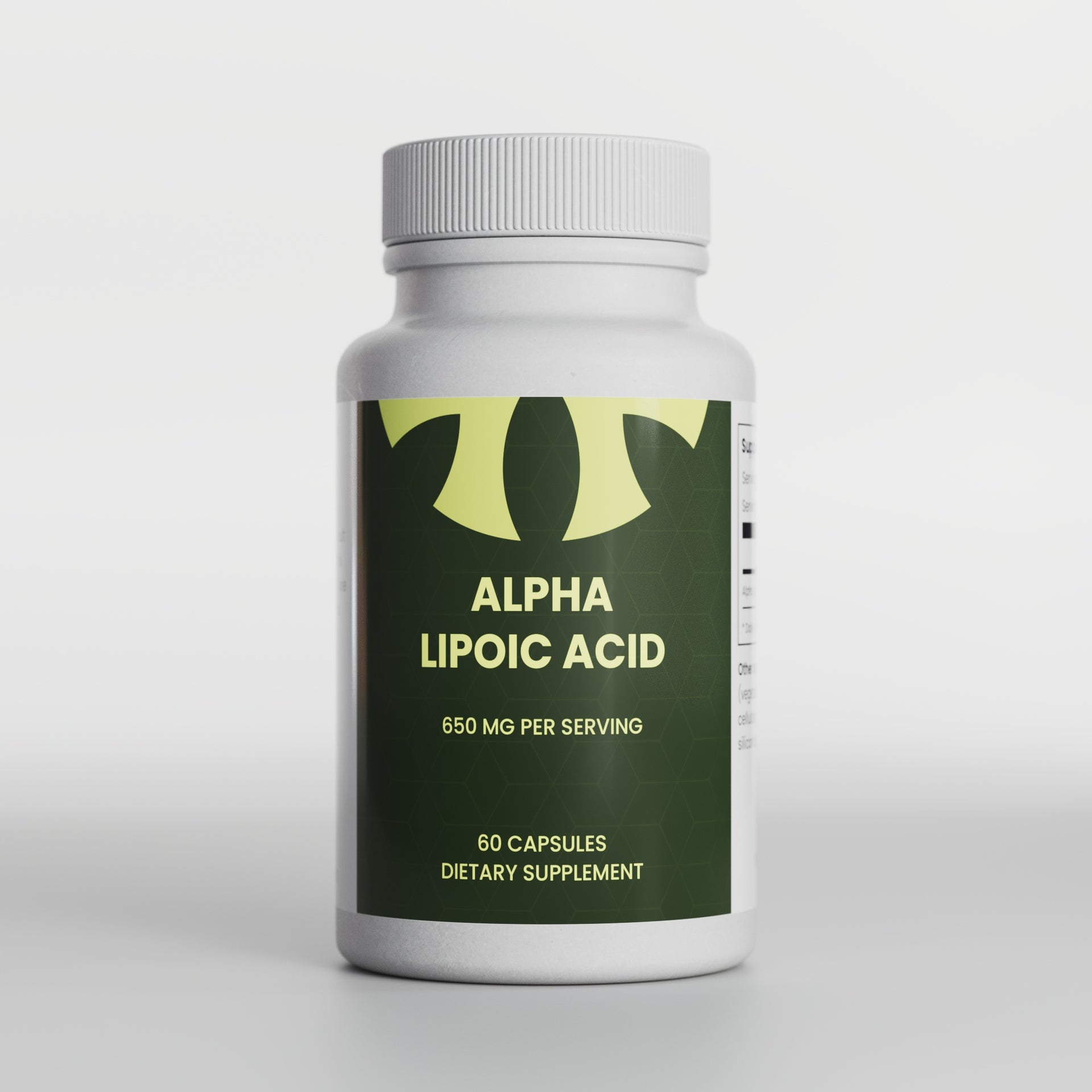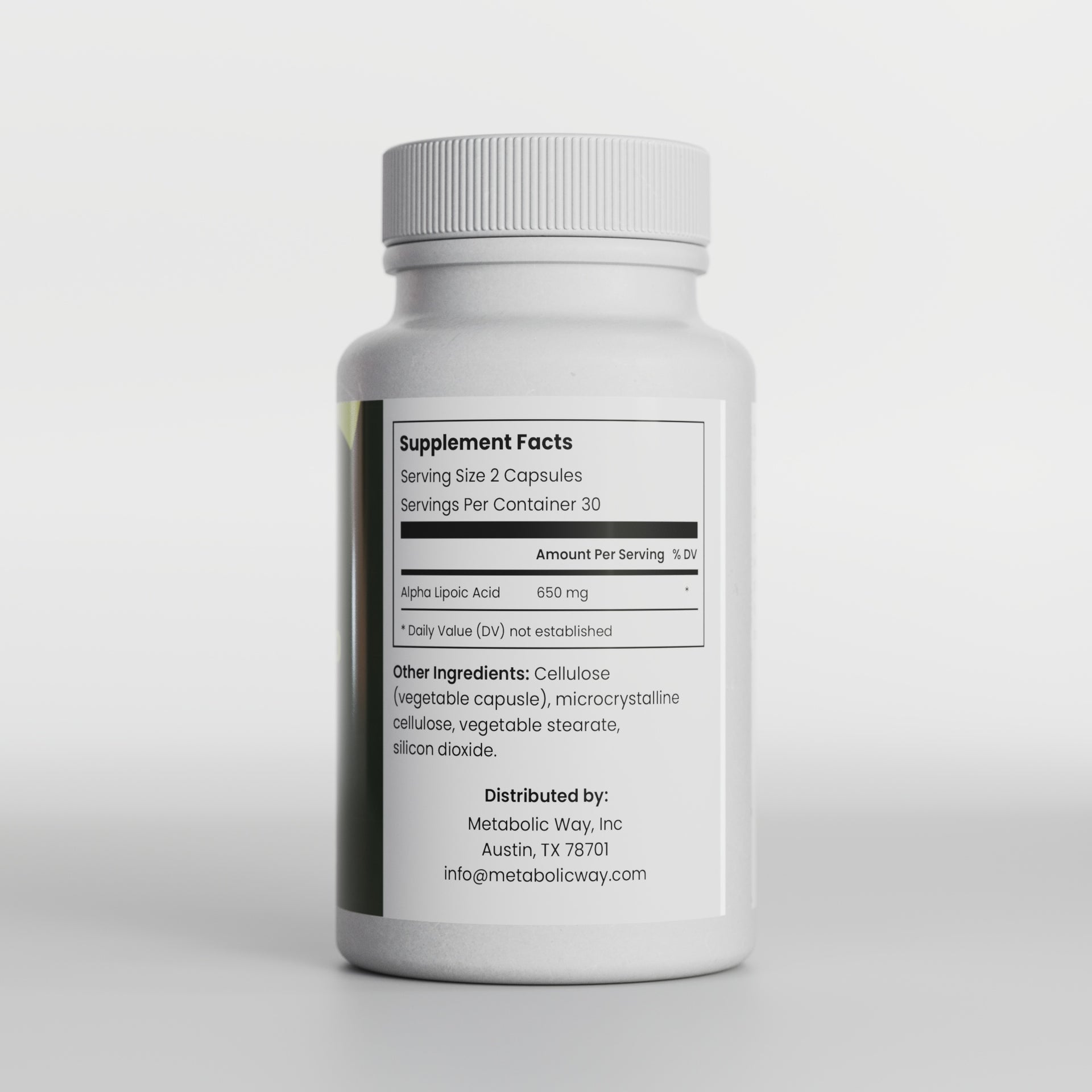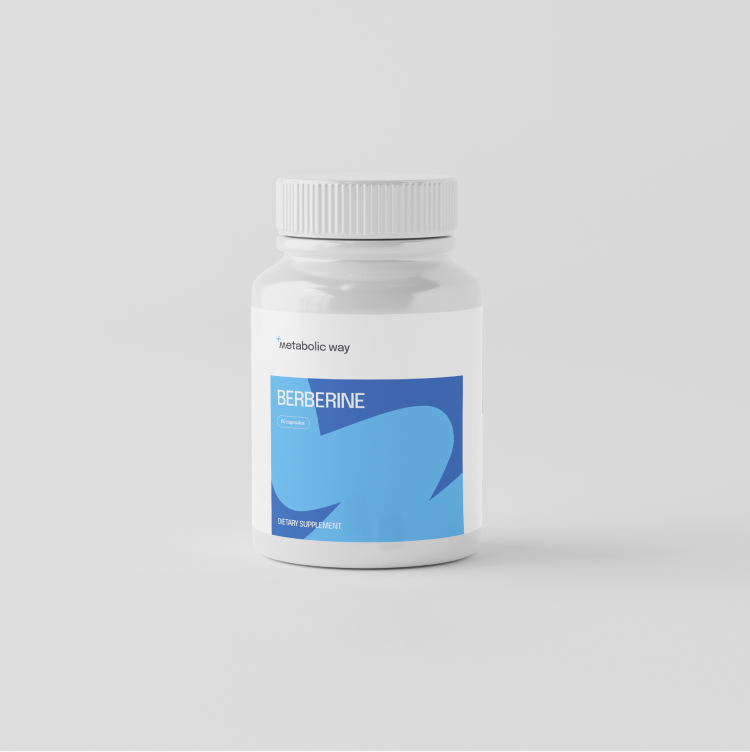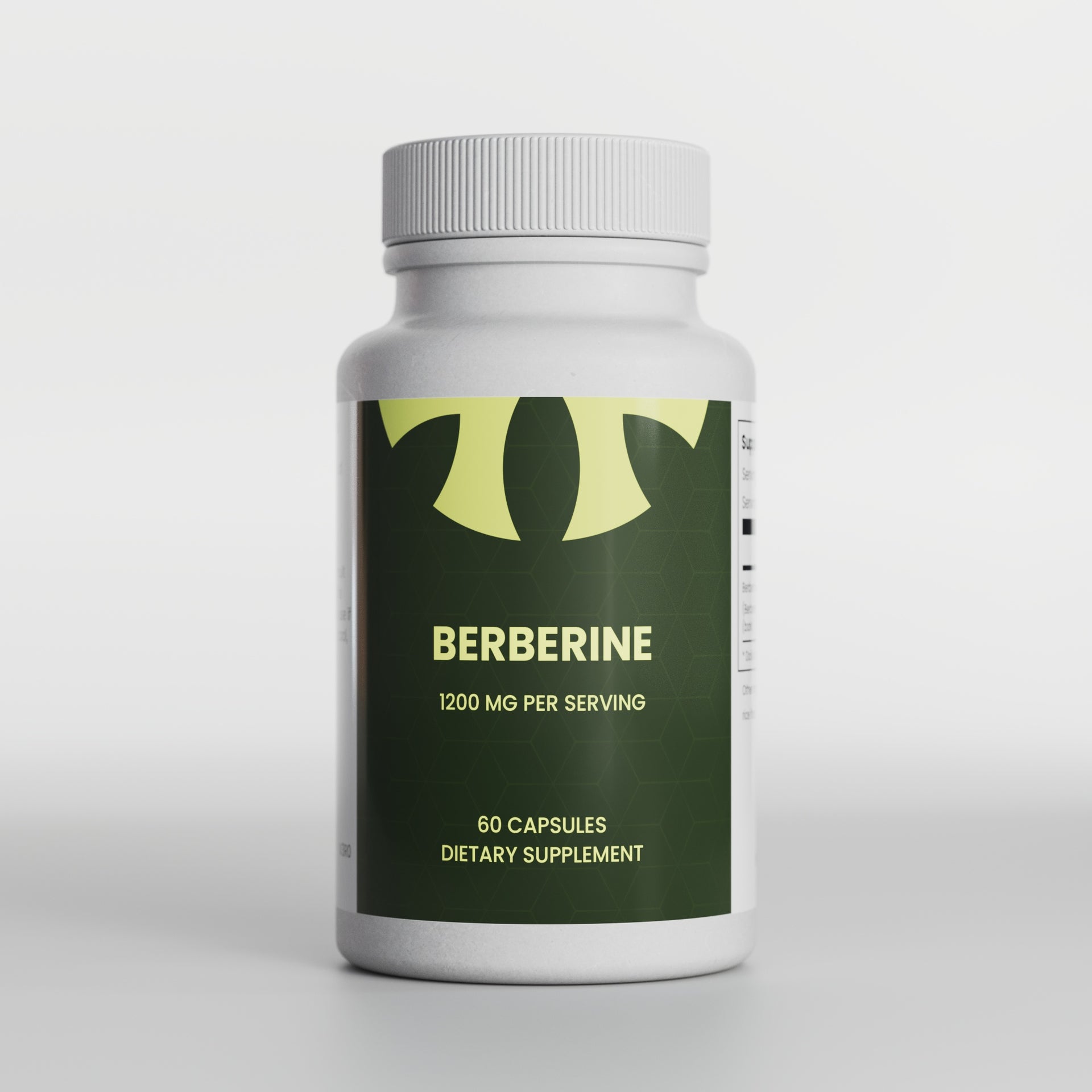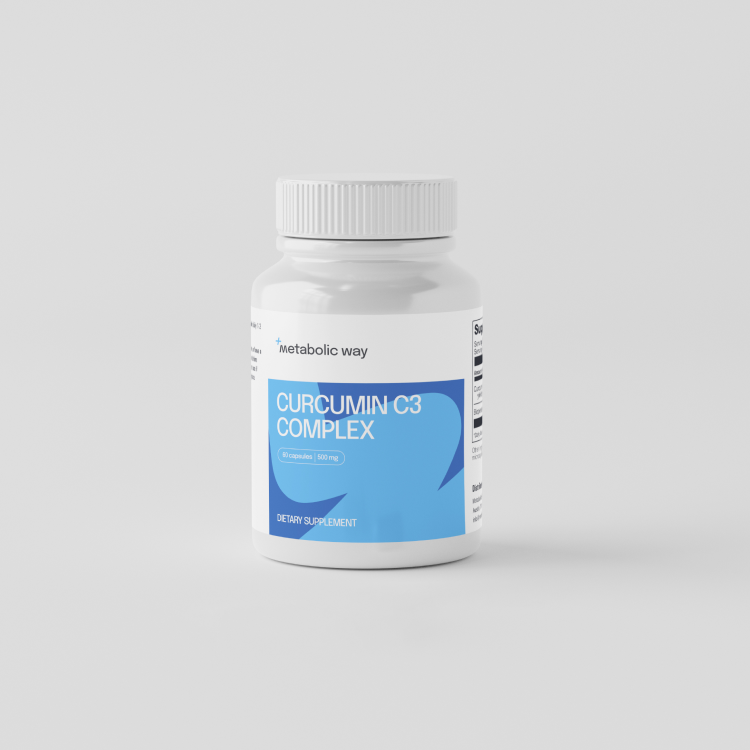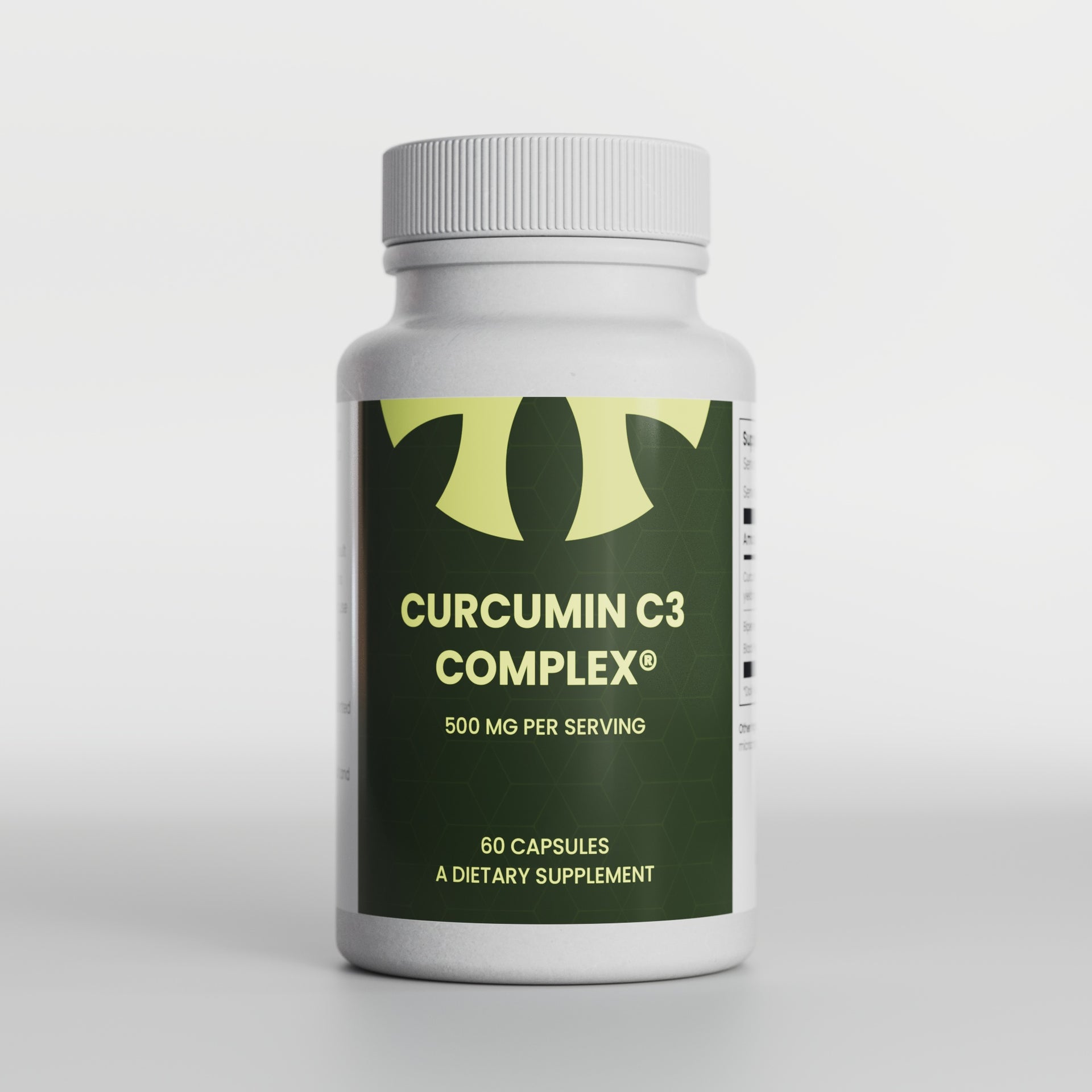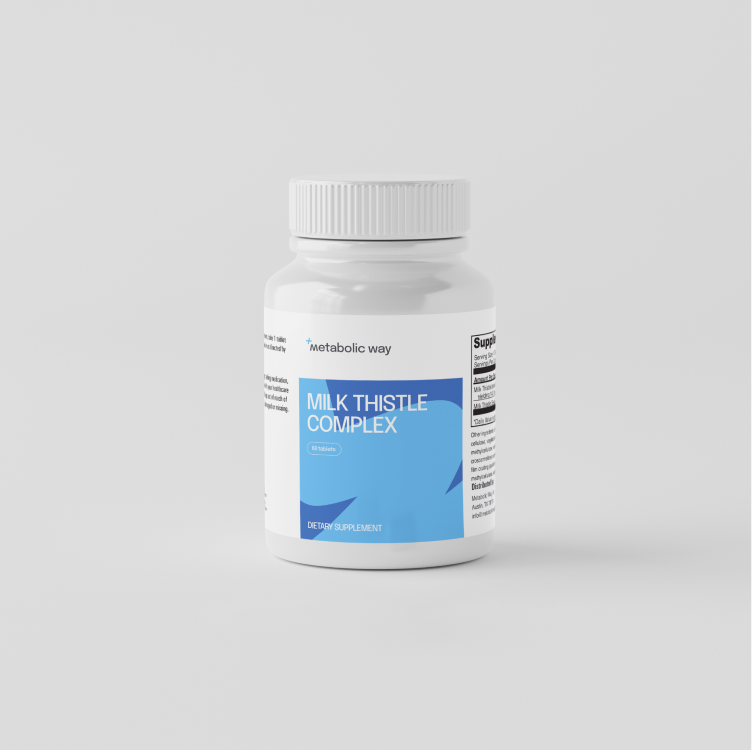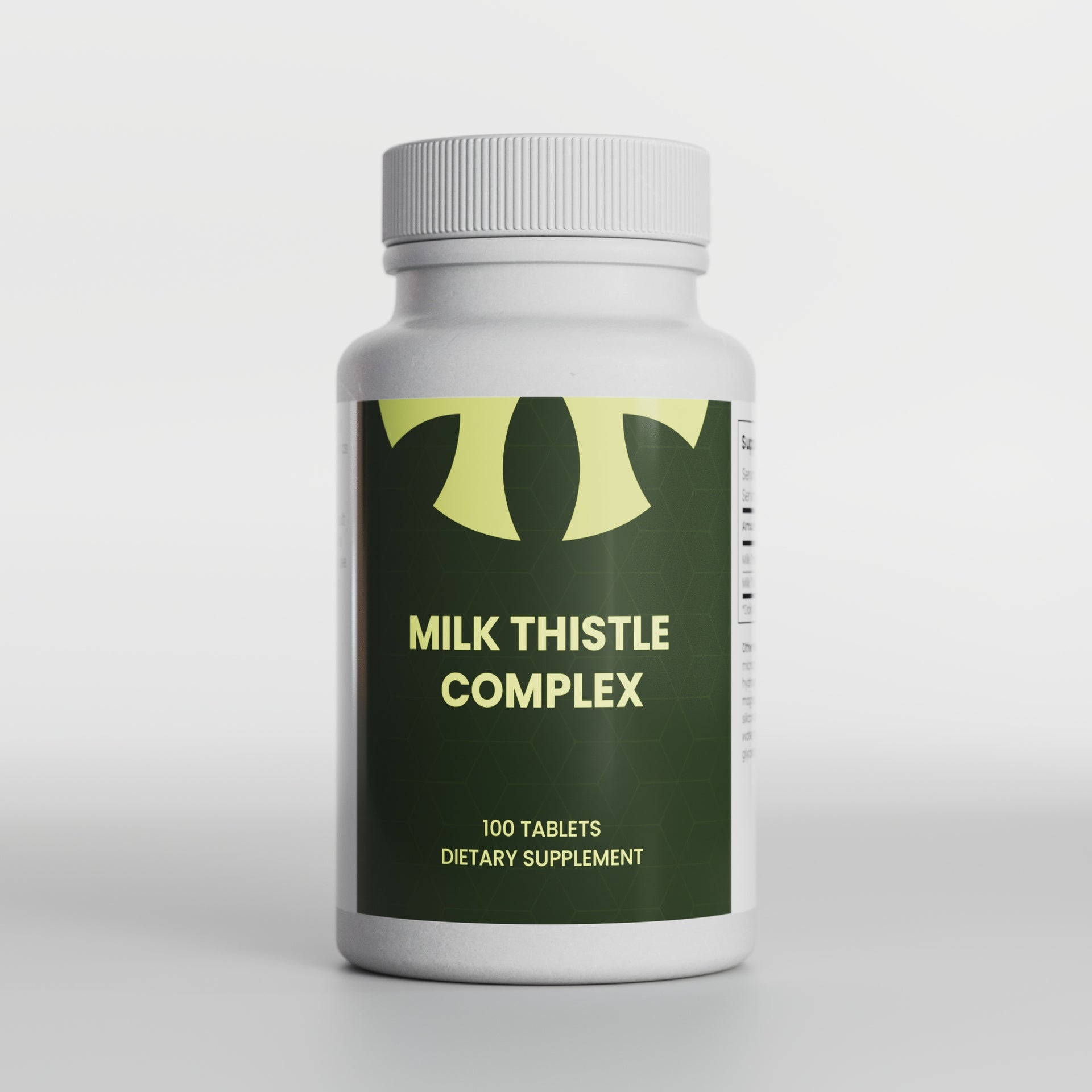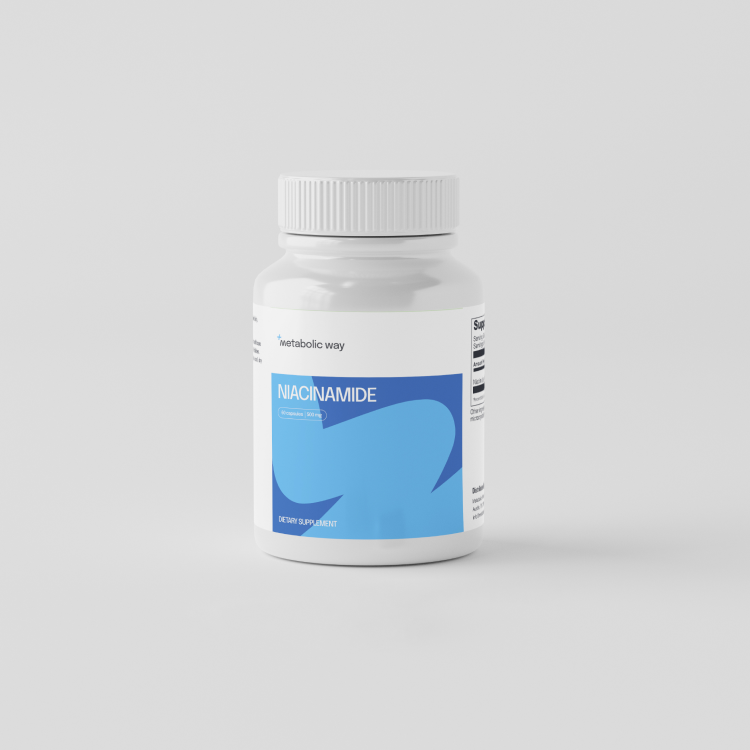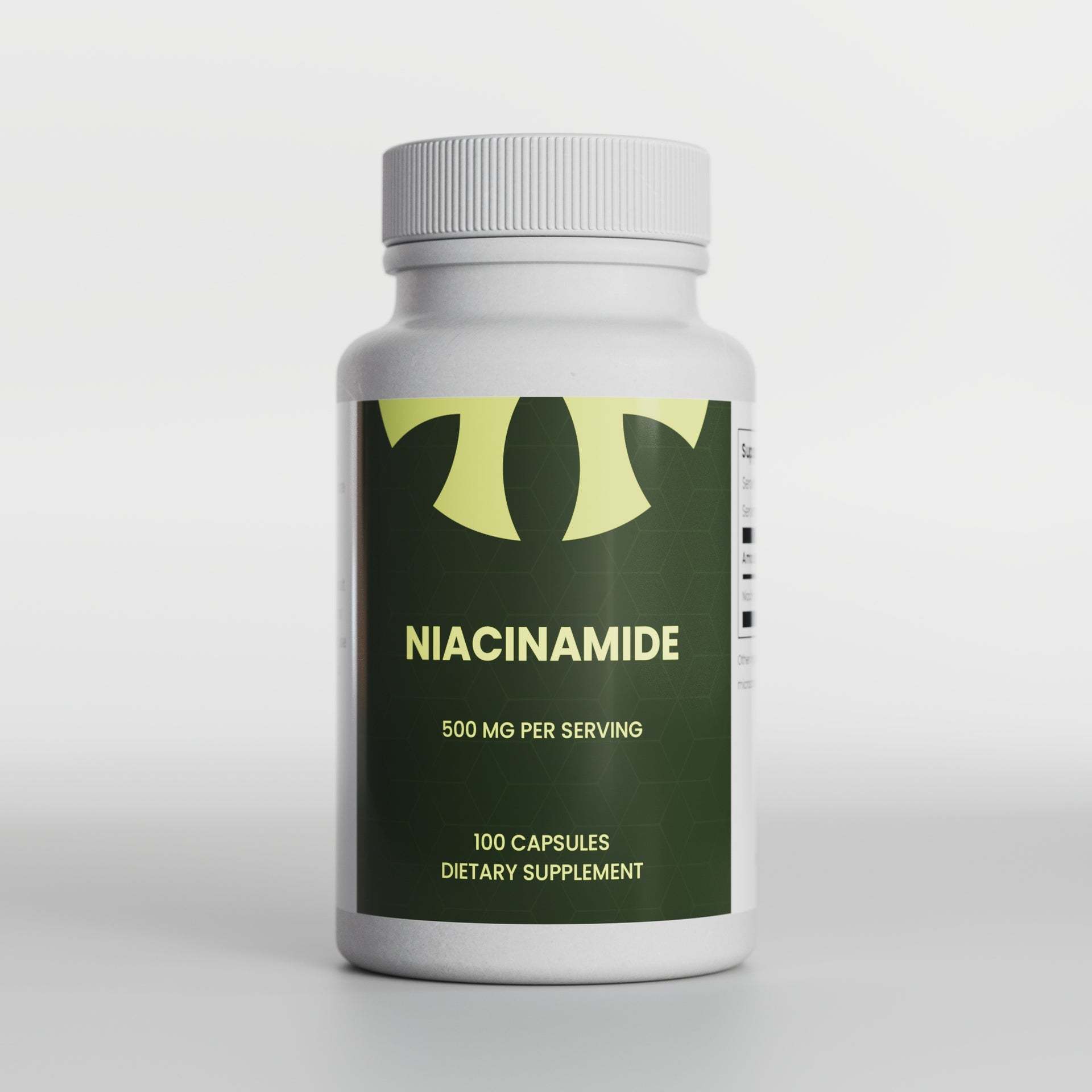Research Highlights:
Main Point 1: Tamoxifen, a crucial breast cancer treatment, can increase the risk of endometrial cancer. However, the benefits it offers for breast cancer treatment significantly outweigh this risk (Fisher et al., 1994).
Main Point 2: Studies investigating tamoxifen's preventive potential for breast cancer in high-risk individuals yielded conflicting results, with some trials showing no significant impact (Powles et al., 1998).
Main Point 3: In a trial involving hysterectomized women, tamoxifen showed no clear breast cancer prevention benefit but was associated with an increased risk of endometrial cancer (Veronesi et al., 1998).
Main Point 4: Tamoxifen demonstrates potential in reducing breast cancer incidence in high-risk groups, although it has side effects, including an increased risk of endometrial cancer (Fisher et al., 1998).
Main Point 5: Tamoxifen's use in breast cancer treatment can lead to endometrial abnormalities, emphasizing the need for careful monitoring and follow-up (Kedar et al., 1994).
Main Point 6: Adequate protein intake, especially amino acids, can help maintain muscle mass in the elderly population (Volpi et al., 1998).
Main Point 7: Vitamin C, an antioxidant, has been found to improve endothelial dysfunction in coronary arteries, potentially benefiting patients with coronary spastic angina and hypertension (Kugiyama et al., 1998; Solzbach et al., 1997).
Main Point 8: Vitamin C may enhance endothelial function in patients with insulin-dependent diabetes mellitus, suggesting its potential for improving vascular health in diabetic individuals (Timimi et al., 1998).
Scientifically Reviewed by: Dr. Gary Gonzalez, MD, in August 2023. Written by: Health and Medical Editorial Team.
Introduction
Cancer, especially breast cancer, remains a global health concern. Tamoxifen, a drug hailed for its effectiveness in breast cancer treatment, has been a subject of extensive research due to its intricate relationship with various aspects of health. This comprehensive article explores the multifaceted impacts of tamoxifen on individuals at risk of breast cancer and those undergoing breast cancer treatment.
What You Need to Know
Point 1: Tamoxifen's Efficacy and Endometrial Cancer Risk Tamoxifen, a cornerstone in breast cancer treatment, is associated with an increased risk of endometrial cancer. However, its substantial benefits in treating breast cancer far outweigh this risk (Fisher et al., 1994).
Point 2: Conflicting Evidence on Tamoxifen's Preventive Role Studies assessing tamoxifen's preventive potential in high-risk individuals have yielded mixed results, with some trials showing no significant impact (Powles et al., 1998).
Point 3: Tamoxifen and Hysterectomized Women In a trial involving women who had undergone a hysterectomy, tamoxifen showed no clear breast cancer prevention benefit but was linked to an increased risk of endometrial cancer (Veronesi et al., 1998).
Point 4: Tamoxifen's Role in Breast Cancer Prevention Tamoxifen demonstrates potential in reducing breast cancer incidence in high-risk groups, despite side effects such as an elevated risk of endometrial cancer (Fisher et al., 1998).
Point 5: Monitoring Endometrial Abnormalities Tamoxifen's use in breast cancer treatment can lead to endometrial abnormalities, underscoring the importance of vigilant monitoring and follow-up (Kedar et al., 1994).
Point 6: Amino Acids and Muscle Mass Ensuring an adequate intake of protein, including amino acids, can be pivotal in maintaining muscle mass among the elderly (Volpi et al., 1998).
Point 7: Vitamin C and Cardiovascular Health Vitamin C, an antioxidant, has shown promise in improving endothelial function in coronary arteries, potentially benefiting patients with coronary spastic angina and hypertension (Kugiyama et al., 1998; Solzbach et al., 1997).
Point 8: Vitamin C in Diabetes Management Vitamin C may enhance endothelial function in individuals with insulin-dependent diabetes mellitus, offering potential improvements in vascular health for diabetic patients (Timimi et al., 1998).
In this article, we will delve into these critical points, shedding light on tamoxifen's complex relationship with health, breast cancer prevention, and the role of nutrition and antioxidants in promoting overall well-being. Understanding these nuances is vital for both healthcare providers and individuals striving to make informed decisions about breast cancer prevention and treatment.
Section 1: Tamoxifen in Breast Cancer Treatment In this section, we will explore tamoxifen's pivotal role in breast cancer treatment, highlighting its effectiveness in reducing breast cancer recurrence and mortality (Fisher et al., 1994). We will also delve into the increased risk of endometrial cancer associated with tamoxifen use.
Subsection 1.1: Efficacy of Tamoxifen We will examine the scientific evidence supporting the use of tamoxifen in breast cancer treatment, emphasizing its impact on patient outcomes, including survival rates and recurrence rates.
Subsection 1.2: Managing Endometrial Cancer Risk This subsection will focus on strategies and considerations for managing the increased risk of endometrial cancer in individuals undergoing tamoxifen treatment, offering insights into early detection and intervention.
Section 2: Tamoxifen in Breast Cancer Prevention Here, we will delve into tamoxifen's role in breast cancer prevention, especially in high-risk populations. We will analyze conflicting research findings and discuss the potential benefits and drawbacks of using tamoxifen for this purpose (Powles et al., 1998).
Subsection 2.1: Preventive Potential of Tamoxifen We will review the evidence from clinical trials investigating tamoxifen as a preventive agent for breast cancer and its impact on individuals with a heightened risk of developing the disease.
Subsection 2.2: Tamoxifen in Hysterectomized Women This subsection will specifically address the outcomes of trials involving women who have undergone a hysterectomy, shedding light on whether tamoxifen provides any breast cancer prevention benefits in this population (Veronesi et al., 1998).
Section 3: Monitoring Endometrial Health During Tamoxifen Treatment In this section, we will emphasize the importance of monitoring endometrial health in individuals taking tamoxifen for breast cancer treatment. We will discuss the methods and guidelines for vigilant surveillance, ensuring early detection and intervention when necessary (Kedar et al., 1994).
Section 4: Nutrition and Health in the Elderly Moving beyond tamoxifen, we will explore the critical role of nutrition, particularly amino acids, in maintaining muscle mass among the elderly population (Volpi et al., 1998).
Subsection 4.1: Amino Acids and Muscle Maintenance We will discuss the significance of amino acids in preserving muscle mass, addressing the unique nutritional needs of older individuals to promote overall health.
Section 5: Antioxidants and Cardiovascular Health This section will shift the focus to antioxidants, specifically vitamin C, and their potential to improve cardiovascular health. We will explore studies suggesting that vitamin C may enhance endothelial function in coronary arteries (Kugiyama et al., 1998; Solzbach et al., 1997).
Subsection 5.1: Vitamin C in Coronary Spastic Angina We will delve into the research indicating how vitamin C may benefit patients with coronary spastic angina, a condition characterized by transient coronary artery spasms.
Subsection 5.2: Vitamin C in Diabetes Management This subsection will examine the potential role of vitamin C in enhancing endothelial function in individuals with insulin-dependent diabetes mellitus, offering insights into its implications for diabetes management (Timimi et al., 1998).
Summarizing
The key takeaways from this comprehensive review, we will underscore the importance of informed decision-making in breast cancer treatment and prevention. While tamoxifen remains a crucial tool in the fight against breast cancer, its complexities and potential side effects necessitate careful consideration. Additionally, we will emphasize the significance of nutrition and antioxidants in promoting overall health and well-being, especially among high-risk populations and the elderly. By staying informed and proactive, individuals and healthcare providers can work together to navigate the intricate landscape of breast cancer management and general health promotion.

